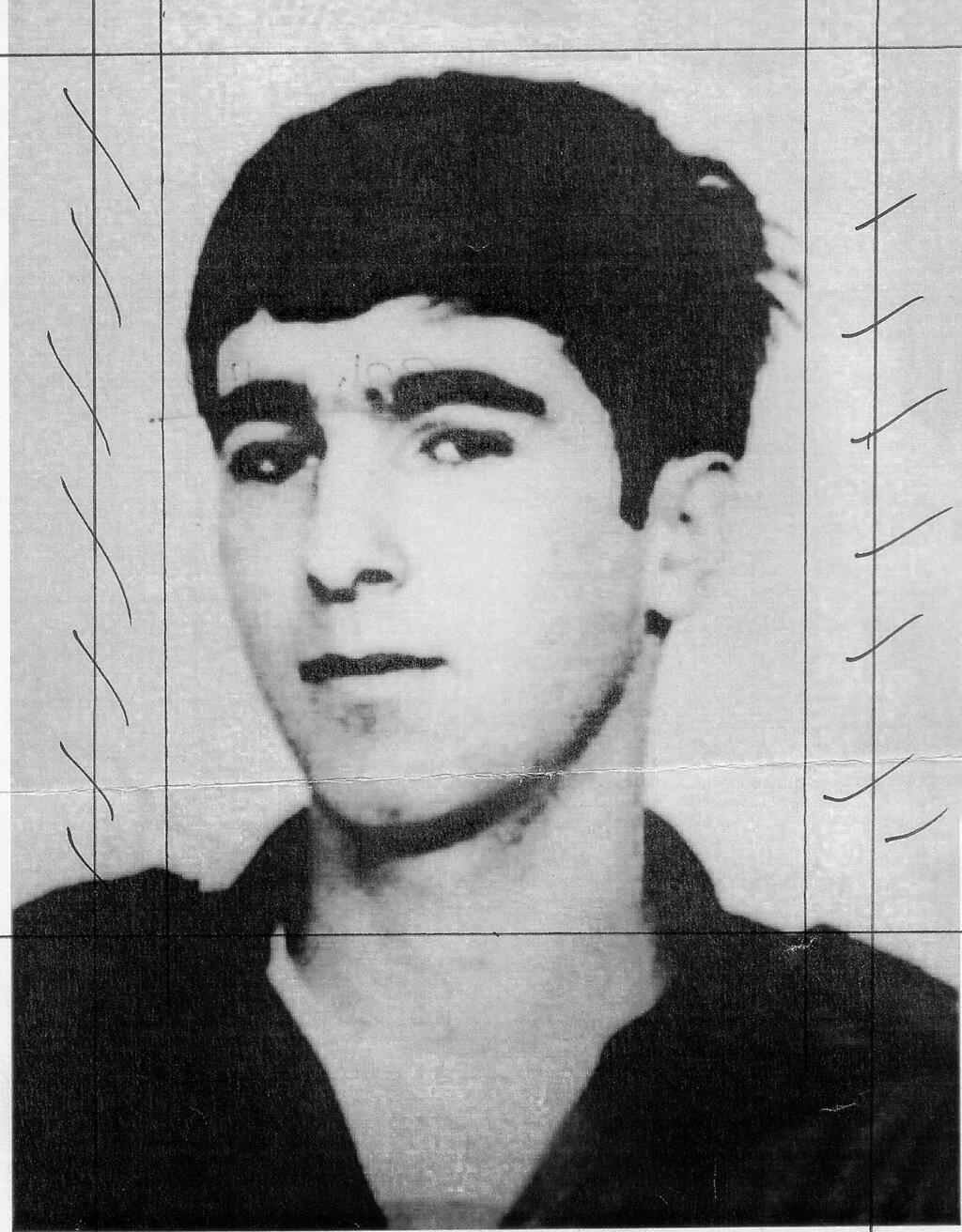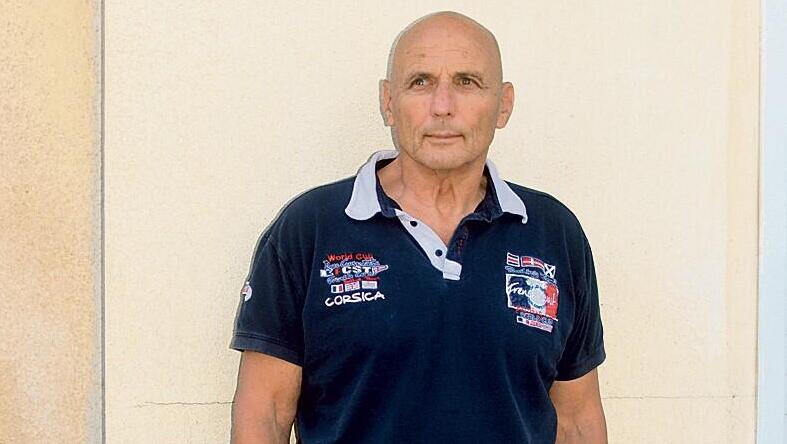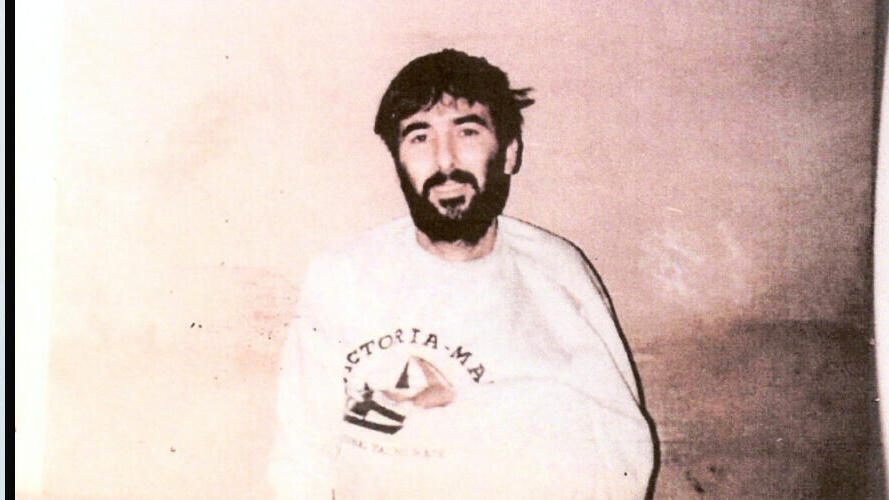Getting your Trinity Audio player ready...
A grey bungalow in Muslim West Beirut, with plaster crumbling near the massive front door. An armed terrorist standing on the flat roof and scanning the surroundings with his binoculars. Light green Hezbollah flags waving all over, bearing the image of the Kalashnikov rifle and the Arab inscription: “The Party of Allah shall Prevail.”
 Bernd Schmidbauer (photo taken in 1995) leveraged the German Federal Republic’s good contacts in the Arab worldPhoto: Ludwig Wegmann
Bernd Schmidbauer (photo taken in 1995) leveraged the German Federal Republic’s good contacts in the Arab worldPhoto: Ludwig WegmannTwo armored limousines turn swiftly into the rear courtyard, and the massive steel gate is closed. The special German mediator has arrived: Bernd Schmidbauer, minister of state and secret service coordinator in Helmut Kohl’s Chancellery emerges from the vehicle. He is Helmut Kohl’s man for delicate covert missions.
Negotiations with Hezbollah leader
Schmidbauer, 54 at the time, is led through gloomy corridors into a musty conference room. Hassan Nasrallah, the dreaded leader of the Shiite terror militia Hezbollah, is waiting for the German visitor inside. On the floor is a small serving tray with teacups and bread rolls with extremely spicy salami.
This scene takes place in the spring of 1993; the secret negotiations between Hezbollah’s leader and a representative of the German Federal Government had remained undisclosed up to that point. It was Israeli Prime Minister Yitzhak Rabin who had contacted German Chancellor Helmut Kohl with a request for assistance with this highly dangerous mission in the hostile neighboring country.
The aim of Schmidbauer’s secret mission was to clarify the fate of Israeli military pilot Ron Arad. The air force officer had gone missing on October 16, 1986. On that day, Arad, 28, crashed with his F-4 Phantom II in hostile territory during a bombing raid on Palestinian positions in Southern Lebanon.
According to eyewitnesses, the airman survived the crash and was taken prisoner by the Shiite Amal militia. Had he been held hostage ever since? An entire nation feared for Ron Arad’s life, but no vital signs were received for years.
3 View gallery


Bernd Schmidbauer helped the IDF search for missing pilot Ron Arad
(Photo: Courtesy of the family)
These circumstances led Rabin and Mossad head Shabtai Shavit to the decision to ask for Chancellor Kohl’s assistance. The Federal Republic of Germany had rationally maintained good contacts with the Arab world.
The Israel Defense Forces is known for its determination to move heaven and earth when it comes to bringing wounded or abducted servicemen, and also bodies of dead soldiers, back home. In the case of Ron Arad, theIDF did not flinch from consulting even the once inimical secret services of the Soviet Union and the German Democratic Republic - before as well as after the fall of the Berlin Wall in 1989.
Since these efforts bore no fruit, in 1992 the Israeli government decided to appoint a highly decorated Mossad operative who had fought two wars against Arab armies and recruited numerous spies from enemy camps: Israel Perlov. Perlov, who is currently 78 years old, formed the special “Liberty” unit, comprised of the best agents from the secret services and the military. The Mossad agent was granted every authority, whether his work in the world of shadows required an aircraft, a submarine or hundreds of thousands of dollars. Bernd Schmidbauer came across this team in 1993, according to Perlov in his book recently published in Israel and currently available in Hebrew only. Schmidbauer confirmed Perlov’s depictions at a personal meeting held at his home on the shores of Germany's Lake Constance.
Helmut Kohl's secret service coordinator was known as “Agent 008,” since the liberation of hostages was considered one of his core skills. When the Turkish consulate-general in Munich was attacked by Kurdish PKK militants, Schmidbauer marched into the occupied building and offered himself as a bargaining chip - leading to the release of the diplomats.
Praise for 'Agent 008'
In his book, that immediately became a bestseller in Israel, Perlov praises the special role played by Germany in the search for Ron Arad. “Twenty percent of our work” was done by the Germans, he writes. As a token of gratitude, a piece of woodland near a military memorial in Israel has been named after Schmidbauer.
“Agent 008” did not always operate alone. On some of his missions, he was accompanied by his department head, Rudi Dolzer, and the future head of the Federal Intelligence Service (BND) and Secretary of the Interior Augsut Haning.
But Schmidbauer also had one completely different mission. In the fall of 1993 he invited the head of the Iranian secret services, Ali Fallahian, to Bonn, on behalf of the German government and with Israel’s consent. At the time, Fallahian was suspected of having given the order to murder exiled Iranian-Kurdish politicians in Berlin. Four Iranian dissidents were killed in the attack at the Mykonos restaurant on Prager Strasse in September 1992. As previously agreed with the Federal Criminal Police Office (BKA), no arrest warrant was enforced against Ali Fallahian during his visit. Instead, following the conclusion of the diplomatic talks, Schmidbauer gave his guest a tour of the Cologne Cathedral.
Perlov was sitting in an adjacent room during the talks between Schmidbauer and the head of the Iranian security services. Sophisticated eavesdropping equipment enabled him to listen to the statements made by Fallahian and transmit them to the “Liberty” special unit in Tel Aviv without delay.
Later, Schmidbauer wanted to take his Mossad counterpart with him on his visit to Tehran. He even offered Perlov a diplomatic German passport as a cover. However, the then-head of the Mossad, Shabtai Shavit, considered it to be too risky, as a top Jewish agent had already been captured in Teran and ended up hanging on the gallows.
Thus, eventually Schmidbauer flew to Tehran on his own, but wished to communicate all the information he had managed to gather to Perlov as promptly as possible. According to the plan, the exchange was to be performed via a secure line at the German embassy. That day, Perlov was waiting anxiously for the phone call in a BND safe house in Pullach, near Munich. But no call was received after the equipment at the BND headquarters had failed.
Pilot Ron Arad’s fate remains unknown
Despite all the efforts made by the “Liberty” special unit, no trace of missing pilot Ron Arad have been found to this very day. Yet in his book, Perlov argues defiantly: Not a single action was superfluous - the retrieval of wounded, captured or fallen soldiers of the Israel Defense Forces has a quasi-constitutional status in the country.
And what is the most probable fate of the missing officer? Reportedly, in 1988, two years following the crash of his fighter jet, Ron Arad was detained at a provisional prison near the Lebanese coastal town of Sidon. According to the Mossad, his guards were called to a sudden combat mission. When they returned, they found the door wide open. The cell was empty. Ron Arad was never seen again.
Josef Hufelschulte served as chief reporter of the “Focus” news magazine for many years. Gad Shimron is an Israeli book author and freelance journalist.



